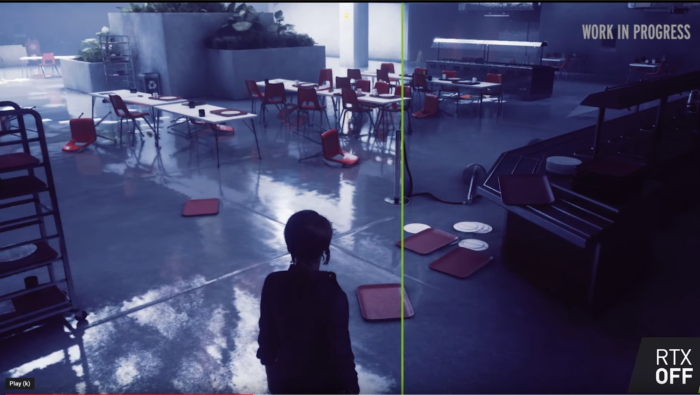The next great hurdle has been conquered.
By Jon Peddie & Robert Dow
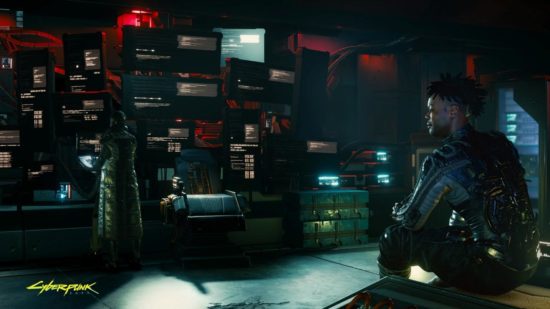
The PlayStation 5, due in late 2020, is going to have ray tracing. Knowing that Microsoft’s Scarlet will probably get it too. Nintendo won’t but who cares. AMD has hinted they will have some kind of RT support in future GPUs, which seems logical since they are building the Sony and Microsoft chip. And the company filed a patent in 2017 on a hybrid system that enables realtime ray tracing using a variety of software and hardware methods rather than relying on just one solution. Also, Intel, which is soon to be introducing their discrete GPU, has hinted that the second generation will also have RT. So it’s a thing now.
Why are the semiconductor companies piling on? Because, within the next two year or so, almost all new AAA games will support ray tracing in one form, or another. And why are the software companies doing that? Because last fall Nvidia introduced hardware and AI accelerated ray tracing with their RTX series AIBs.
Nvidia was way out front on this, and some have said too far out front. Maybe, but that’s what a leader does. And, once the die is cast (literally in this case), there’s no turning back. Also, as we and others have said innumerable times, the ISVs are always slow to exploit new hardware no matter how advanced a notification they get. So almost a year later the ISVs are catching up and right behind them will be the console suppliers. So, say thank you Nvidia for advancing graphics technology and opening up new opportunities in the gaming market.
Not to miss the boat that they launched, Nvidia has just introduced three more ray tracing AIBs, the RTX 2080/70/60 Super series, and the prices for these new speeded up versions are quite competitive.
The new Super series of RTX GPUs join the existing GeForce RTX 2060 (starting at $349, the first step up to RTX performance) and the GeForce RTX 2080 Ti (starting at $999, the best gaming GPU Nvidia has to offer).
- GeForce RTX 2060 Super GPU—Starting at $399, available July 9
- Up to 22% faster (average 15%) than RTX 2060
- 8GB GDDR6, 2GB more than the RTX 2060
- Faster than GTX 1080
- 7+7 TOPs (FP32+INT32) and 57 Tensor TFLOPs
- GeForce RTX 2070 Super GPU—Starting at $499, available July 9
- Up to 24% faster (average 16%) than RTX 2070
- Faster than GTX 1080 Ti
- 9+9 TOPs (FP32+INT32) and 73 Tensor TFLOPs
- GeForce RTX 2080 SUPER GPU—Starting at $699, available July 23
- Memory speed cranked up to 15.5Gbps
- Faster than TITAN XP
- 11+11 TOPs (FP32+INT32) and 89 Tensor TFLOPs
GeForce RTX GPUs support multiple gaming features. In addition to being the only GPUs currently capable of realtime ray tracing, the company says they offer an increase in AI processing performance with Nvidia’s Deep Learning Super Sampling (up to 130 Tensor TFLOPS of horsepower), and they are also, says the company, the only ones that support advanced features including Mesh Shading and Nvidia Adaptive Shading (NAS).
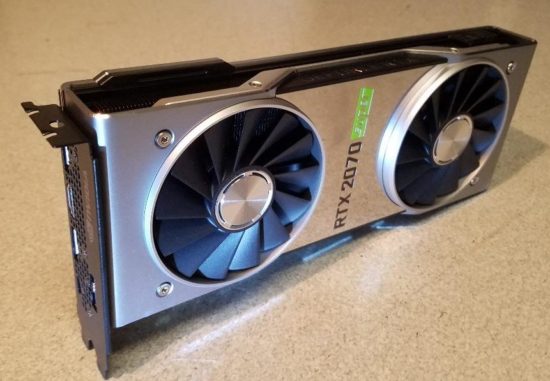
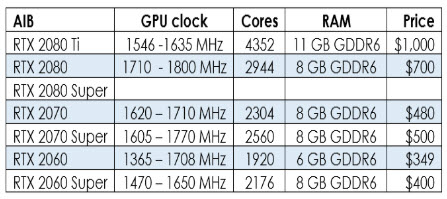
Nvidia let us take a look at and road-test the new RTX 2070 Super and the RTX 2060 Super. In terms of fps, the 2060 Super outperformed the regular 2060 by 15%, and the 2070 Super, just outperformed the regular 2070 by 14%. With regard to the difference in prices, the 2060 Super is 23% more expensive than a regular 2060, and the 2070 Super is 4.2% more expensive than a regular 2070.
The test results are shown in the following charts:

Why is Pmark called fps in this chart when it’s a combo of things?
AIBs are measured two ways: an arbitrary score and fps. The scores vary from game to game and benchmark to benchmark. Therefore, we use several programs to get an overall view of performance. We average the fps and use that average in the calculation of the Pmark. We label it Pmark (fps) to differentiate it from Pmark (score).
What the hell is a “PMark?”

The scores that go into the Pmark calculation are shown in the following chart.

For a limited time, starting on July 9, qualifying purchases of a GeForce RTX 2060 Super-, GeForce RTX 2070 Super-, or GeForce RTX 2080 Super-based graphics card or desktop PC will include a copy of two award-winning games that support realtime ray tracing, Control and Wolfenstein: Youngblood. A value of $90.

Expressed in percentage difference, the RTX 2070 Super gets a slightly lower test score and adds a significant difference in price.
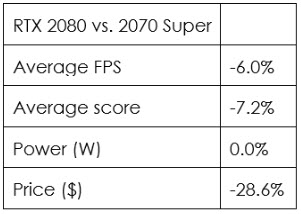
At E3, Nvidia provided a video of the upcoming game Control from Remedy. It’s a dramatic illustration of the richness ray tracing can bring to a game.
The 2060 and 2070 will be on retailer’s shelves by 9 July. The RTX 2080 Super will show up on the 23rd of July.
What do we think?
Nvidia says the Super series is entirely new silicon. Each Super has more SMs, CUDA cores, wider memory interfaces in addition to higher clocks, than their previous counterparts. The RTX 2060/2070 Super AIBs add SMs, CUDA cores, wider memory interfaces, and higher clock speeds. Nvidia now has six RTX AIBs in their catalog which gives a price-performance point for just about any gamer.
Ray tracing is getting introduced in more games as mentioned above. It is not, and probably never will be, a must have, but is and will always be nice to have. Some may argue there’s little-to-no value from it in a fast-moving kill or be killed FPS, but calmer games such as open-world adventure games could be more interesting with prettier aspects to them such as the image above. In the Control example, we’re seeing considerably more detail, which would directly affect gameplay. Bad things are easier to see coming, good things are easier to spot and pick up. There are also story-driven FPS titles like Half-Life, the new Call of Duty, etc., games that would benefit from RT. Being able to see physically accurate reflections of things off-screen adds a new dimension to gameplay that traditional screen-space reflections cannot provide. Regardless of the need, ray tracing is here and will become a check-off item for games and AIBs going forward.
EVGA, for example, is offering the GeForce RTX 2080 Super with dual fan cards in 2 and 2.75 slot varieties and says it is now the top of their line FTW3 triple fan card, and multiple water-cooling offerings.

